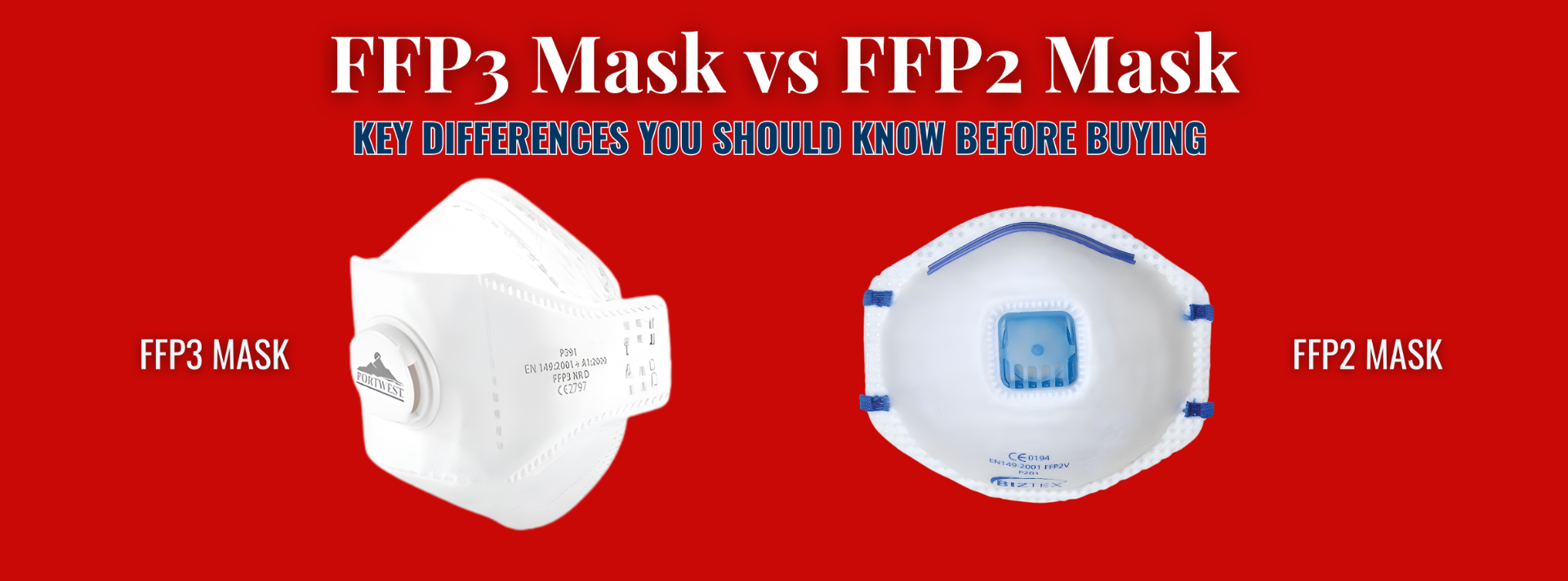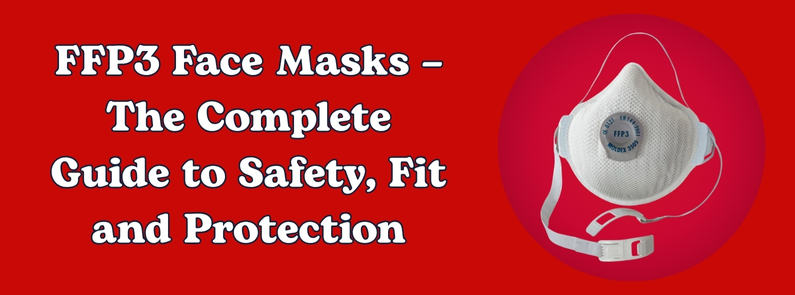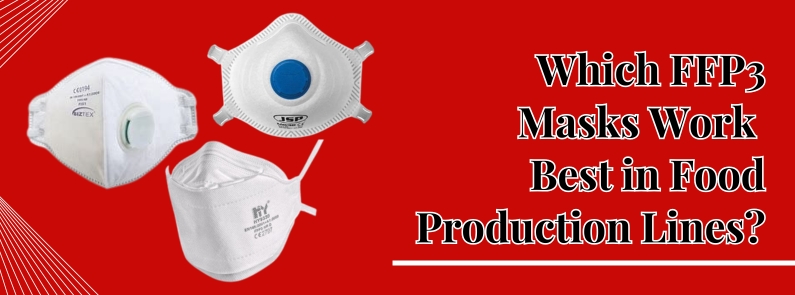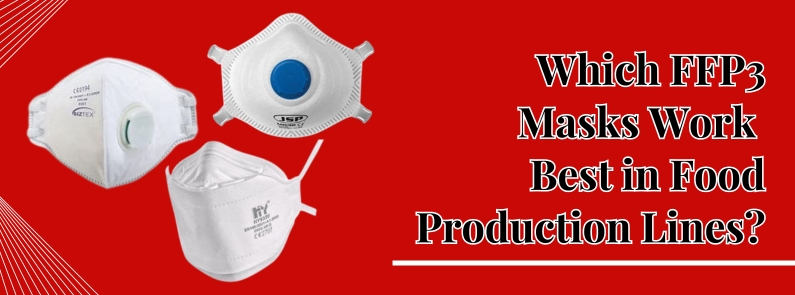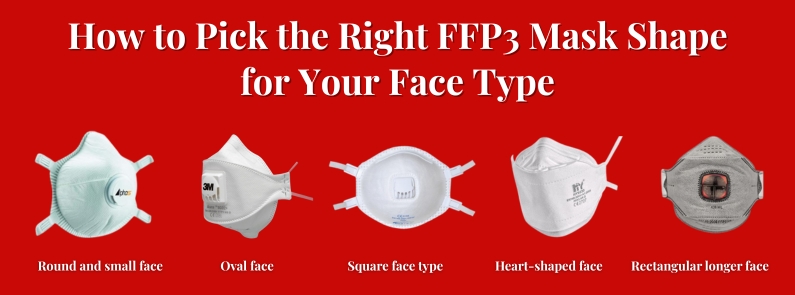
The FFP3 masks offer dependable defense against particulate pollutants like dust, smoke, and aerosols, and several other airborne viruses and infections. These masks come in different types, such as full face masks, half face masks, dust masks, respirator masks, each offering a different level of protection from different types of risks. However, while knowing the protection level of the FFP3 mask is critical, it is equally important to know which type of FFP3 face mask is correct according to your

